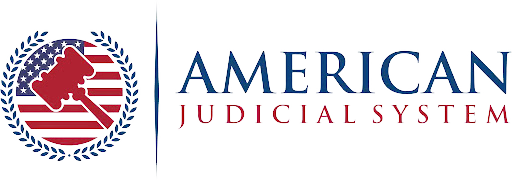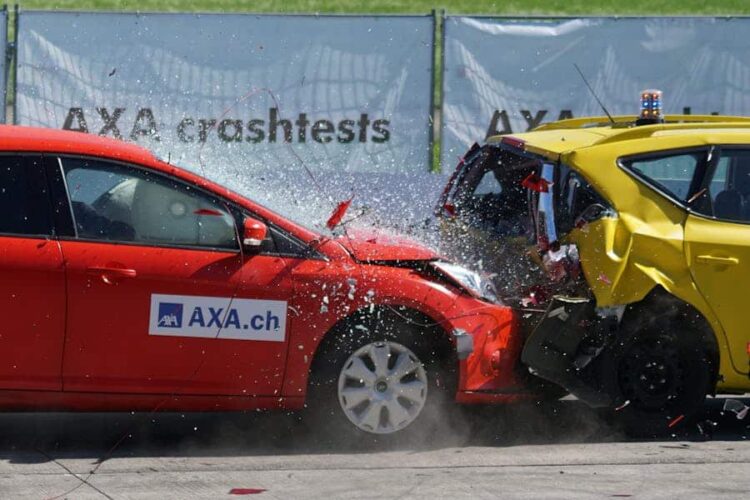The streets of Carrollton tell a story—one written in traffic patterns, accident reports, and safety initiatives. As our community continues to grow and evolve, understanding the data behind local car accidents becomes increasingly important for residents, city planners, and safety advocates alike. This analysis examines what recent trends reveal about road safety in Carrollton and what can be done to create safer streets for everyone.
Overview of Carrollton’s Accident Statistics
Carrollton has experienced a concerning upward trend in traffic incidents over the past five years. In 2024, the city recorded approximately 3,100 traffic accidents, representing a 7% increase from 2023. These accidents resulted in 510 injuries and 11 fatalities, underscoring the human cost of road safety issues.
When compared to similar-sized cities in Georgia, Carrollton’s accident rate per 1,000 residents sits approximately 12% above the state average. While neighboring communities have implemented successful safety measures resulting in declining accident rates, Carrollton continues to face challenges in reversing its upward trajectory. The financial impact of these accidents is substantial, with an estimated annual cost of $47 million when accounting for property damage, medical expenses, lost productivity, and emergency response resources.
Temporal Analysis of Accidents
The timing of accidents in Carrollton follows distinct patterns that provide valuable insights for prevention efforts. Weekday rush hours, particularly between 7:30-9:00 AM and 4:30-6:30 PM, account for nearly 40% of all accidents. This concentration reflects the challenges of congested roadways during peak commuting times.
Friday evenings show a notable spike in accidents, with the 6:00-10:00 PM timeframe accounting for the highest concentration of weekend incidents. This pattern suggests a correlation with social activities and potentially impaired driving.
Seasonal variations reveal higher accident rates during summer months (June-August) and again during the holiday season (November-December). Weather-related factors contribute to this pattern, with rainy conditions in summer and early darkness in winter months creating hazardous driving conditions.
Geographical Distribution of Accidents
Certain locations throughout Carrollton have emerged as accident hotspots. The intersection of Maple Street and Bankhead Highway consistently ranks as the most dangerous in the city, with an average of 52 accidents annually. Other problematic areas include the Highway 27 corridor near the shopping district and the roundabout at Adamson Square.
Residential neighborhoods have seen an increase in accidents, particularly in areas experiencing new development. The northwest quadrant of the city, which has undergone significant growth in recent years, shows a 23% higher accident rate than more established neighborhoods.
School zones present particular challenges, with the areas surrounding Carrollton Elementary and Carrollton High School experiencing frequent congestion-related incidents during drop-off and pick-up times.
Types of Accidents in Carrollton
The nature of accidents in Carrollton provides important clues about underlying safety issues. Rear-end collisions account for approximately 42% of all accidents, suggesting issues with distracted driving and following too closely. T-bone collisions at intersections represent another 27% of incidents, often resulting in more serious injuries.
Single-vehicle accidents, including run-off-road incidents, make up 18% of the total and are frequently associated with speeding, impaired driving, or adverse weather conditions.
Pedestrian and cyclist incidents, while representing only 5% of total accidents, account for a disproportionate 22% of serious injuries and fatalities. These vulnerable road users face particular risks on Carrollton’s streets, especially in areas lacking dedicated infrastructure.
Contributing Factors to Accidents
Several key factors contribute to Carrollton’s accident patterns. Distracted driving leads the list, with cell phone use implicated in approximately 38% of all accidents. This represents a growing challenge as technology continues to compete for drivers’ attention.
Speeding remains a persistent issue, particularly on arterial roads with straight stretches that encourage higher speeds. Roads like Newnan Road and Buffalo Creek Road see frequent speeding-related incidents.
Impaired driving continues to be a significant factor in serious accidents, particularly during weekend evenings and holidays. Despite increased enforcement, alcohol and drug-impaired driving contributed to 17% of fatal accidents in the past year.
Infrastructure limitations also play a role, with many roads designed decades ago struggling to accommodate today’s traffic volumes. Narrow lanes, limited shoulder space, and outdated intersections create conditions ripe for accidents.
Current Safety Initiatives
Carrollton has implemented several measures to address these safety challenges. The police department has increased traffic enforcement efforts, particularly in identified high-risk areas and during peak accident times. In 2024, officers issued over 9,200 traffic citations, focusing on speeding, distracted driving, and failure to yield violations.
Recent infrastructure improvements include the redesign of the Bankhead Highway and South Street intersection, the addition of pedestrian crosswalks in the downtown area, and the installation of improved lighting along major corridors.
The city has also launched educational campaigns, including the “Eyes on the Road” initiative targeting distracted driving and the “School Zone Safety” program. These efforts aim to change driver behavior through awareness and education rather than enforcement alone.
Data-Driven Recommendations
Addressing Carrollton’s road safety challenges requires a multi-faceted approach informed by accident data. Short-term improvements should include targeted enforcement in high-risk areas during peak accident times, temporary traffic calming measures in identified hotspots, and enhanced visibility at problematic intersections.
Long-term solutions must include comprehensive infrastructure planning. The city should prioritize redesigning dangerous intersections, expanding pedestrian and bicycle infrastructure, and implementing modern traffic management systems that can adapt to changing conditions.
Technology can play a crucial role in improving safety. Smart traffic signals that adjust to traffic flow, speed feedback signs in high-risk areas, and enhanced crosswalk systems with pedestrian detection can all contribute to safer streets.
Community involvement remains essential to any successful safety initiative. Neighborhood watch programs focused on road safety, volunteer crossing guard programs, and community-led educational efforts can all contribute to a culture of safety.
Conclusion
The data paints a clear picture: Carrollton faces significant road safety challenges that require immediate and sustained attention. While accident trends have been concerning, the detailed information now available provides a roadmap for targeted interventions that can save lives and reduce injuries.
As these trends continue, the role of a knowledgeable Carrollton car accident attorney becomes increasingly vital—not only in helping victims seek justice, but also in highlighting systemic issues through legal advocacy. By combining enhanced enforcement, improved infrastructure, and ongoing education—all guided by data analysis—Carrollton can reverse current trends and create a transportation network that prioritizes safety for all users. The path forward requires commitment from city officials, law enforcement, and community members alike, but the potential rewards—measured in lives saved and injuries prevented—make this effort essential for Carrollton’s future.










